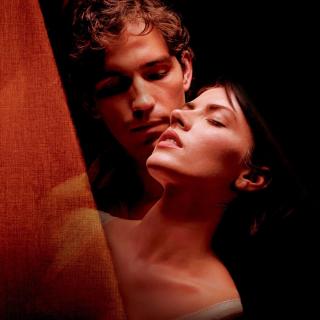
介绍:
When Albert found himself alone with Monte Cristo, “My dear count,” said he, “allow me to commence(开始;着手) my services as cicerone by showing you a specimen of a bachelor’s apartment. You, who are accustomed to the palaces of Italy, can amuse yourself by calculating in how many square feet a young man who is not the worst lodged in Paris can live. As we pass from one room to another, I will open the windows to let you breathe.”
Monte Cristo had already seen the breakfast-room and the salon on the ground floor. Albert led him first to his atelier(工作室,制作室), which was, as we have said, his favorite apartment. Monte Cristo quickly appreciated all that Albert had collected here—old cabinets, Japanese porcelain, Oriental stuffs, Venetian glass, arms from all parts of the world—everything was familiar to him; and at the first glance he recognized their date, their country, and their origin.
Morcerf had expected he should be the guide; on the contrary, it was he who, under the count’s guidance, followed a course of archæology, mineralogy(矿物学), and natural history.
They descended to the first floor; Albert led his guest into the salon. The salon was filled with the works of modern artists; there were landscapes by Dupré, with their long reeds and tall trees, their lowing oxen and marvellous skies; Delacroix’s Arabian cavaliers, with their long white burnouses, their shining belts, their damasked arms, their horses, who tore each other with their teeth while their riders contended fiercely with their maces; aquarelles of Boulanger, representing Notre Dame de Paris with that vigor that makes the artist the rival of the poet; there were paintings by Diaz, who makes his flowers more beautiful than flowers, his suns more brilliant than the sun; designs by Decamp, as vividly colored as those of Salvator Rosa, but more poetic; pastels by Giraud and Müller, representing children like angels and women with the features of a virgin; sketches torn from the album of Dauzats’ “Travels in the East,” that had been made in a few seconds on the saddle of a camel, or beneath the dome of a mosque—in a word, all that modern art can give in exchange and as recompense for the art lost and gone with ages long since past.
Albert expected to have something new this time to show to the traveller, but, to his great surprise, the latter, without seeking for the signatures, many of which, indeed, were only initials, named instantly the author of every picture in such a manner that it was easy to see that each name was not only known to him, but that each style associated with it had been appreciated and studied by him. From the salon they passed into the bedchamber; it was a model of taste and simple elegance. A single portrait, signed by Léopold Robert, shone in its carved and gilded frame. This portrait attracted the Count of Monte Cristo’s attention, for he made three rapid steps in the chamber, and stopped suddenly before it.
It was the portrait of a young woman of five or six-and-twenty, with a dark complexion, and light and lustrous(有光泽的;柔软光亮的) eyes, veiled beneath long lashes. She wore the picturesque costume of the Catalan fisherwomen, a red and black bodice, and golden pins in her hair. She was looking at the sea, and her form was outlined on the blue ocean and sky. The light was so faint in the room that Albert did not perceive the pallor that spread itself over the count’s visage, or the nervous heaving of his chest and shoulders. Silence prevailed for an instant, during which Monte Cristo gazed intently on the picture.
大家还在听

